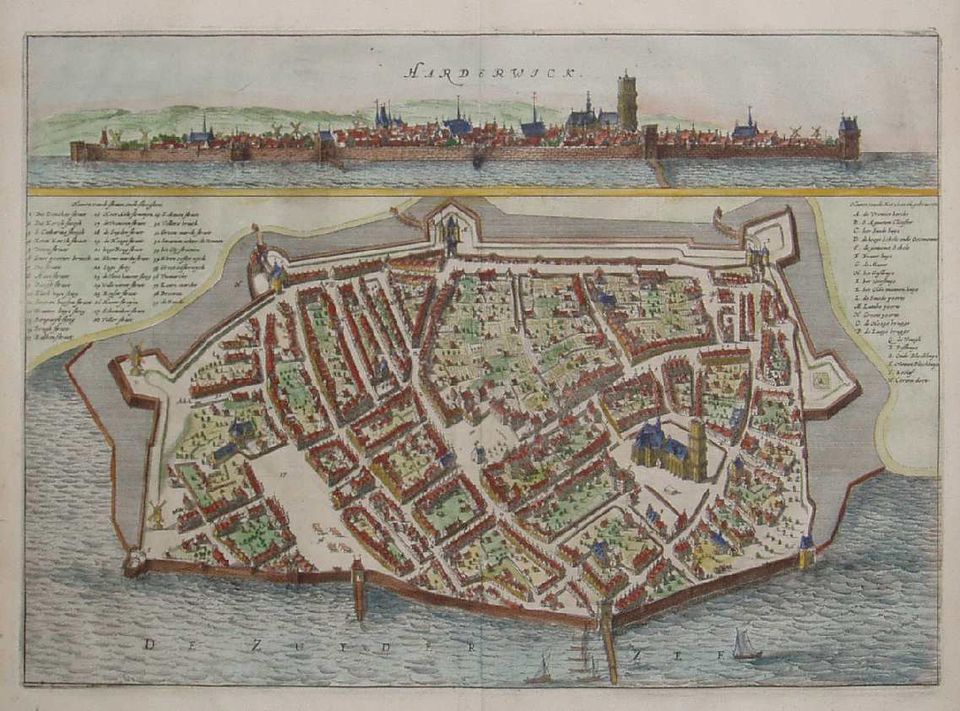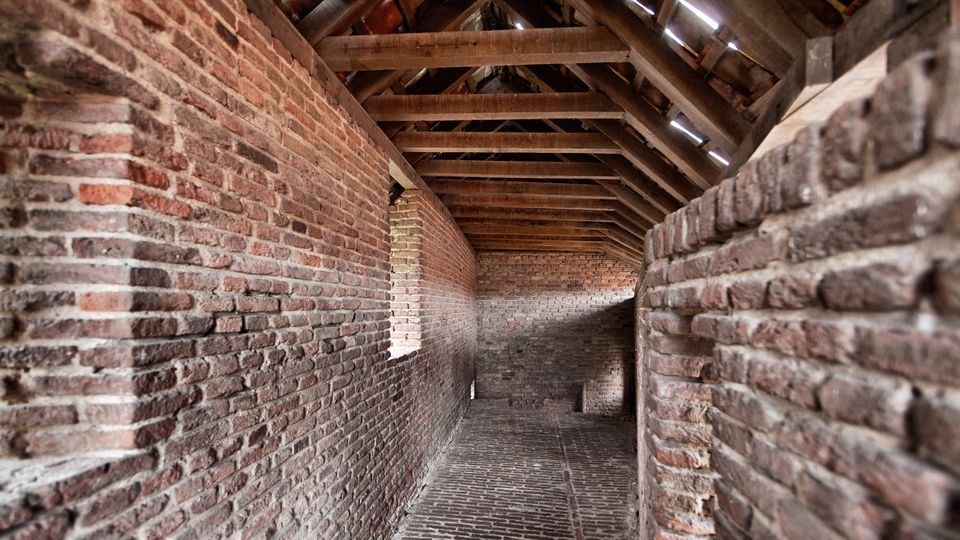-
Hanseatic City Harderwijk

-
Hanseatic City Harderwijk

-
Hanseatic City Harderwijk

The history of Hanseatic city Harderwijk. - The historical city at the shore of the Veluwemeer.
Harderwijk has been called a Hanseatic city since 1252. The city, then located at the shore of the Zuiderzee, joined the German Hanseatic League. Thanks to the numerous visits of merchants, bringing along trade products, the city was bustling with activity. Harderwijk became an influential city. Now, in the 21st century, you can still appreciate the traces of this epoch. Some of the original buildings are still standing. But whether buildings remained or not, the history of Harderwijk is here to stay! Right where you’re walking today, centuries ago the people who played a role in the Hanseatic League walked.
Trading Town
In 1231, the Count of Gelre gave Harderwijk city rights. The city developed quickly into a prominent trading town. It benefitted from its location along a number of important trade routes to Deventer, Elburg, Hattem, Kampen and cities along the Zuiderzee, Noordzee and the Baltic. Harderwijk even had its own trading post in Skanör in Sweden, where the largest fairs of the entire Baltic area were held.
Thanks to Harderwijk’s city rights, it could organise weekly markets and yearly fairs. At the time, the Smeepoortenbrink was used as a market square, where particularly the products which were brought and exported over land were traded. For example, blueberries, wood, sheets and beer from Amersfoort.
City on the shore
The large seaworthy cogs couldn’t dock at Harderwijk. The cogs anchored a bit further away. The bootschuivers, members of the Schuitevaarders guild, would then carry the goods with small boats to two long piers, which were erected at Harderwijk’s coast. One pier was at the level of the Hooghe Bruggepoort, and the other at the Vischpoort.
From its foundation, floods occurred regularly in Harderwijk. A storm surge would rise the water to great heights, causing it to pour into the city. After the storm surge of 1916, the Zuiderzee act was enacted, which formed the foundation for the draining and reclamation of the Zuiderzee. Upon completion of the Afsluitdijk in 1932, the Zuiderzee became the IJsselmeer.
Now, at the start of the 21st century, plan Waterfront is being executed, creating several islands for among others recreation and housing development. The Dolfinarium also gets its own island.
Explore Hanseatic city Harderwijk
With the Hanseatic city walk (this hiking route is available at the VVV and for download here) you will pass all the city’s gems. The Vischpoort (Fish gate), de Grote Kerk (Large Church), the City museum, the Vischmarkt (Fish market, the culinary square) and the harbour of Harderwijk. You look out over the Wolderwijd, where the water of the Zuiderzee used to whirl deceptively. You can visit the City museum at the Donkerstraat and learn more about the Hanseatic League. Here you can also see a special item, which is directly linked to the Hanseatic trade. During excavation works a weight shaped like a horse has been found. These weights were in use in Scandinavia from the 12th to the 14th century, in order to determine whether someone paid sufficient money, or weight in silver. The bronze statue is approximately 700 years old. This horse is the second horse found in the Netherlands.
Hanseatic city Harderwijk was, and still is, a bustling, lively city. The trade has relocated to tasteful shops with a large variety of among others clothes, accessories, gifts and delicacies. But also to the many terraces, where great drinks and tasty lunches are served. Harderwijk is a culinary city, a romantic city, and a city with a lot to experience. A peculiar consequence of the historic Hanseatic city...
Would you like more information about the Hanseatic League or Hanseatic city Harderwijk? Contact one of the two organisations which provide city walks: Stichting Rondeel (Rondeel Foundation) and the Gilde van Harderwijker Stadsgidsen (Guild of City Guides in Harderwijk). The guides bring you to the most beautiful places in town and tell you about the Hanseatic history of Harderwijk.